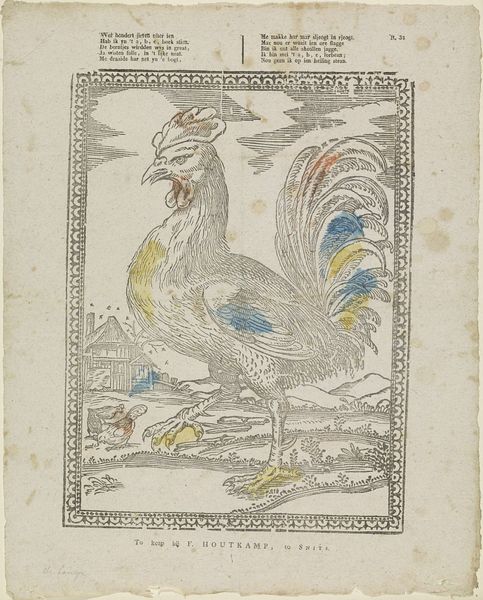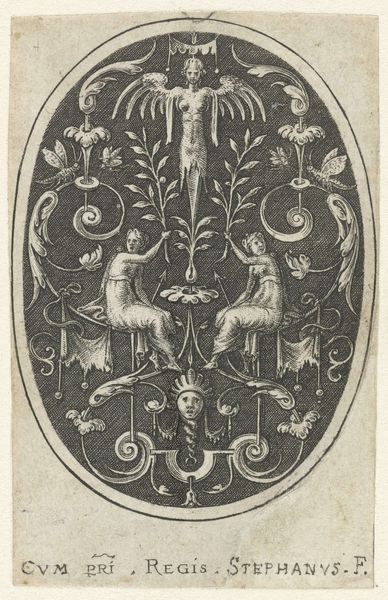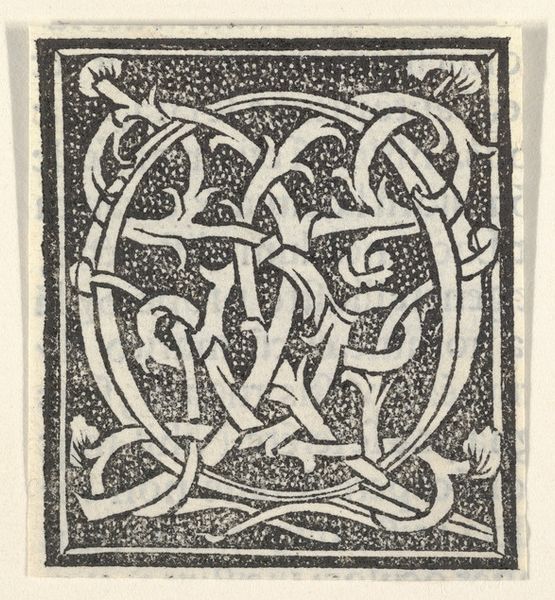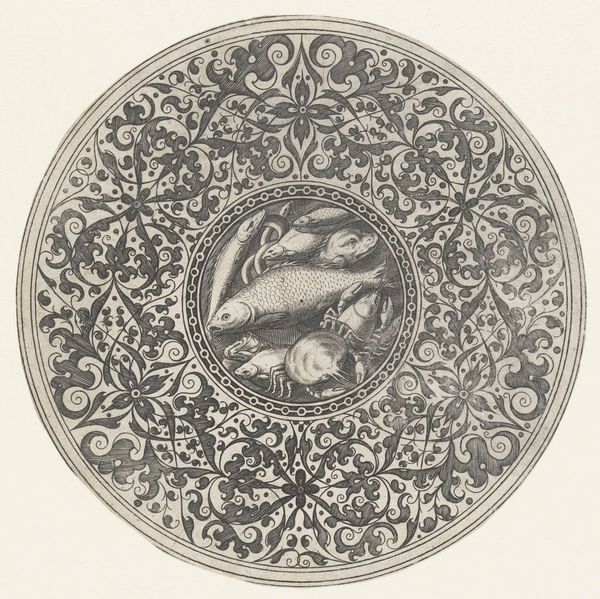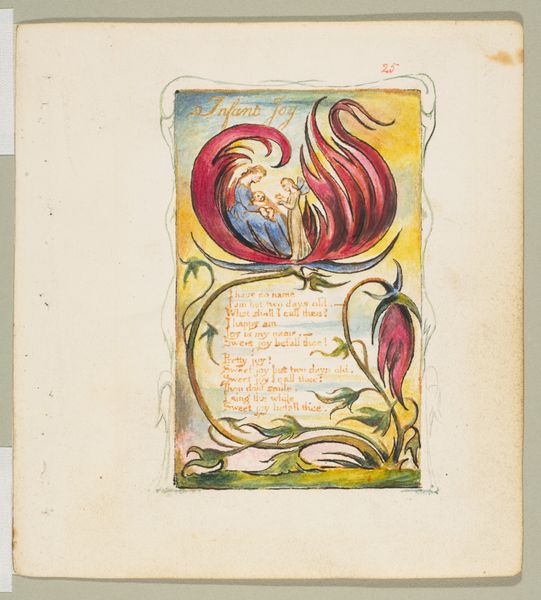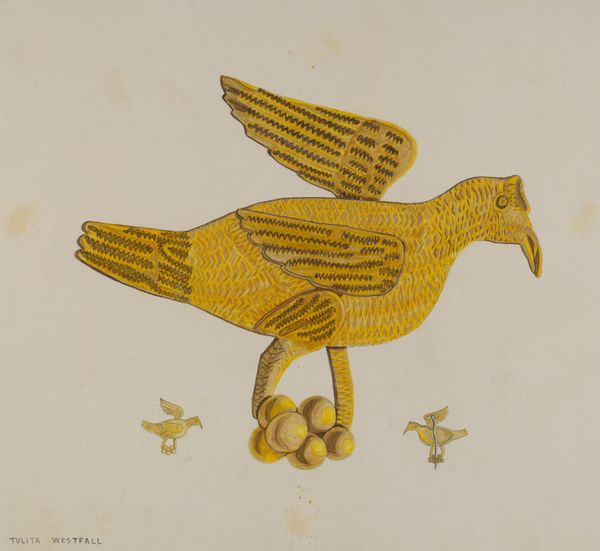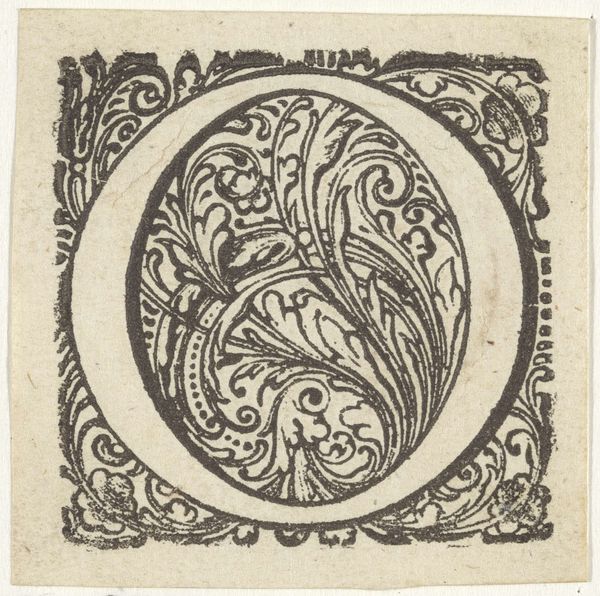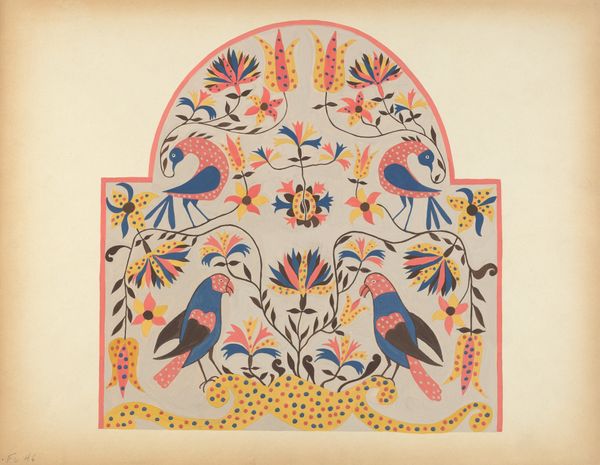
drawing, ink, pencil
#
drawing
#
art-nouveau
#
pen illustration
#
pen sketch
#
old engraving style
#
figuration
#
personal sketchbook
#
ink
#
ink drawing experimentation
#
geometric
#
pen-ink sketch
#
pencil
#
line
#
pen work
#
sketchbook drawing
#
decorative-art
#
sketchbook art
#
doodle art
Dimensions: height 236 mm, width 215 mm
Copyright: Rijks Museum: Open Domain
Gerrit Willem Dijsselhof rendered this design with graphite pencil and colored chalk, an unconventional choice of materials for the period. At first glance, it looks like a simple sketch. However, consider the layering of chalk, the careful hatching with pencil, and the controlled composition. A sense of careful labor comes through. Dijsselhof wasn't merely improvising; he was meticulously crafting a design, likely for ceramics or textiles. This speaks to the social context of the Dutch Arts and Crafts movement, where artists sought to elevate the status of design and applied arts. They embraced handcraftsmanship as a reaction against industrialization, emphasizing the importance of individual skill and artistic vision in everyday objects. It’s a sign of the maker's intent to ennoble common labor. So, next time you see a design drawing, consider the artist's intention. It's not just about the image, it's about the values embedded in the making process.
Comments
No comments
Be the first to comment and join the conversation on the ultimate creative platform.
